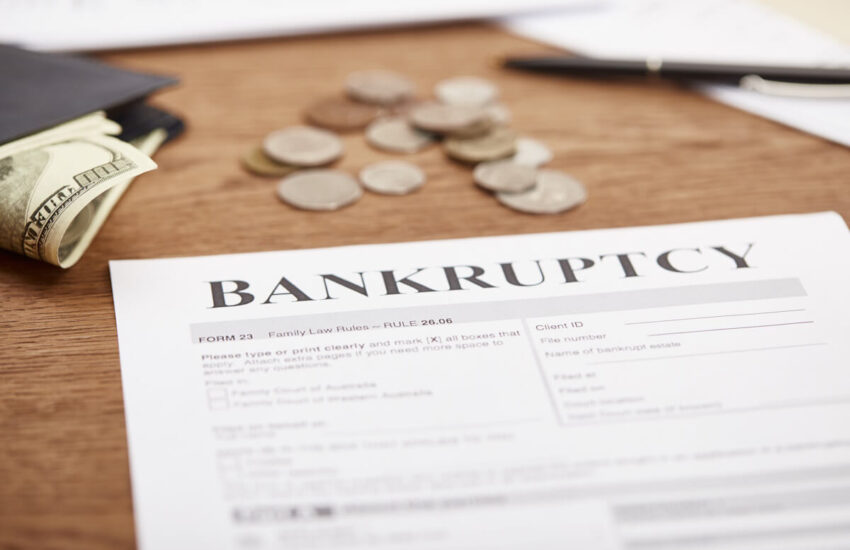Declaring bankruptcy can feel like hitting the rock bottom of your financial life. The path can seem dark, full of obstacles, and laden with uncertainties. However, don’t let the shadows deter you. Bankruptcy is not an end; rather, it’s a new beginning. Life after bankruptcy offers you an opportunity to start afresh.
Getting your life back on track after bankruptcy involves focused effort and commitment. It’s about rebuilding credit, regaining financial stability, setting realistic budgets, and strategizing for long-term financial planning. Here’s a roadmap to aid you on your journey to financial redemption.
Understand that Recovery Takes Time
First, it’s crucial to set realistic expectations. Just as Rome wasn’t built in a day, your credit score won’t bounce back immediately after bankruptcy. It’s a gradual process, but with consistency and discipline, it’s very much achievable.
Start Rebuilding Your Credit
The cornerstone of your financial recovery will be reestablishing your credit. A good starting point is to get a secured credit card. This card is backed by a cash deposit made by you, which typically serves as your credit limit. The purpose of this card is to demonstrate your ability to make regular, on-time payments.
Another route is through credit-builder loans. These loans, usually offered by credit unions or community banks, are designed specifically to help individuals rebuild their credit.
In both cases, ensure the institution reports to all three major credit bureaus. That way, your timely payments will help you establish a positive credit history.
Budgeting is Key
A solid budget is your financial compass. It guides you toward your goal and keeps you on track. Start by listing your monthly income and all your expenses. Be realistic, and don’t leave anything out. You can then work on reducing unnecessary costs and prioritizing essentials. This practice also helps to ensure you live within your means, saving you from future debt traps.
Save, Save, and Save Some More
Start setting aside a portion of your income, no matter how small. This can serve as an emergency fund, saving you from financial distress in unforeseen situations. It also promotes financial discipline and takes you one step closer to financial stability.
Considering Car Loans and New Credit
When it comes to taking on new debt, like a car loan, tread carefully. Those building credit with a car loan may face higher interest rates or need a cosigner, but it’s not impossible. Research lenders who and service that specialize in post-bankruptcy loans. These lenders tend to look beyond your credit history, focusing on your income and ability to repay.
Do not borrow more than what you can comfortably afford to repay. Remember, the goal is to rebuild your credit, not to put yourself in a similar financial bind.
Long-Term Financial Planning
Once you have stabilized your financial position and started rebuilding your credit, it’s time to think long-term. Consult with a financial advisor to create a comprehensive plan. This should involve saving for retirement, investing wisely, and possibly even buying a home. An expert can guide you through the complexities of these processes and help you make informed decisions.
Consistently Monitor Your Progress
Lastly, keep a regular eye on your credit report. This helps you understand how your actions are impacting your credit score. Also, it’s a good way to spot any errors and dispute them promptly.
Wrapping It Up
Remember, declaring bankruptcy is a life event, not a life sentence. It’s possible to regain financial stability and rebuild your credit after bankruptcy. The road might be long and challenging, but with patience, discipline, and smart decisions, you can chart a new path toward financial stability and peace of mind.
AutoByPayment.com offers accurate estimates of new and used car loan payments based on self-selected credit score, current rebates, down payment, and trade equity or negative equity, without customers having to provide their personal identifying information such as email and phone.

